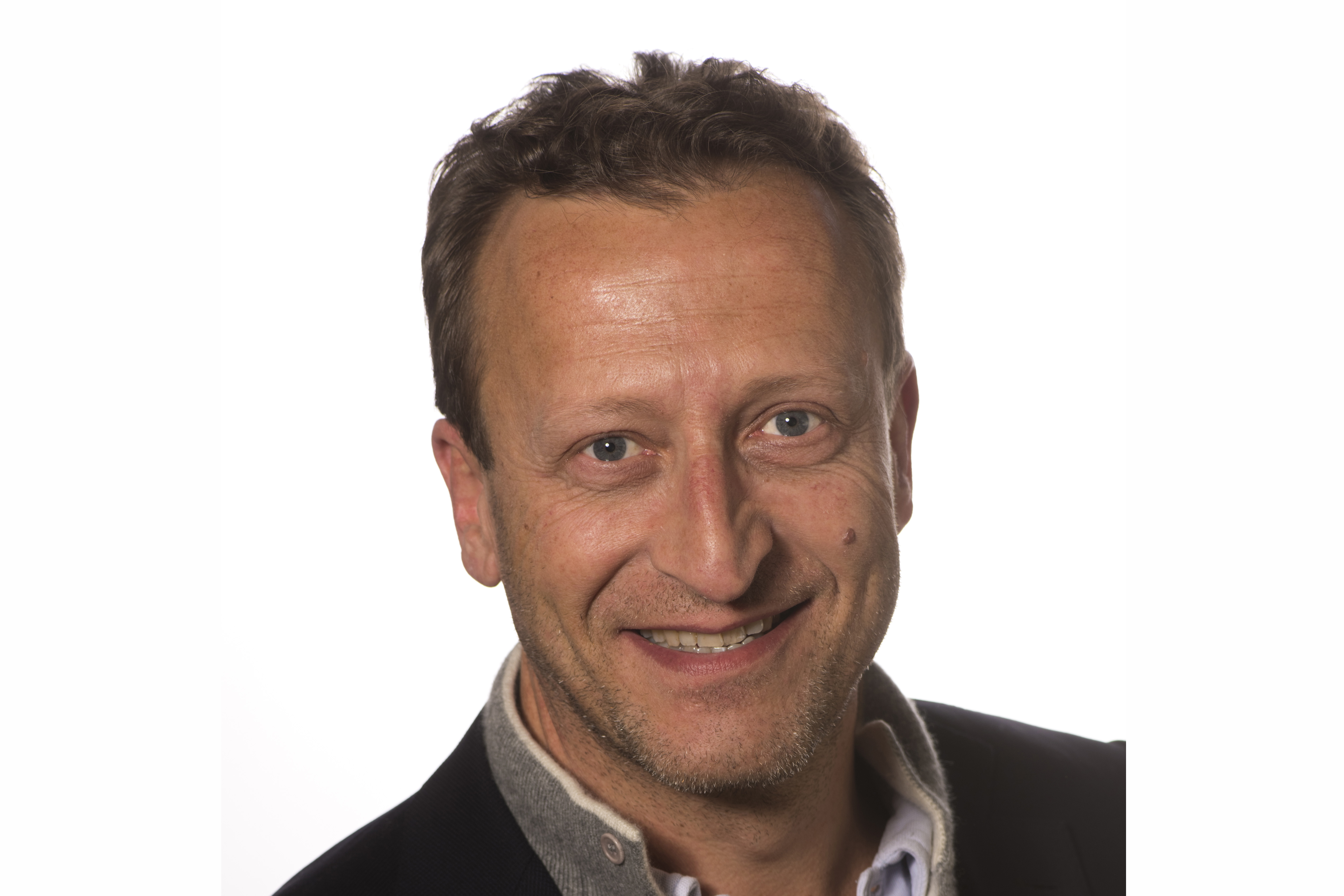
As OTT revenues rise dramatically, one of the biggest business enablers has been Piksel. Born in the summer of 2013 through the reassembling and re-incorporation of the core assets and values of Kit Digital, Piksel came out of a restructuring phase in 2015.
CFO and president Fabrice Hamaide was one of the four executives who pulled off the reorganisation. “When we came out of restructuring we saw that the real opportunity and the real movement of the industry is towards OTT, and decided we should try to be at the leading edge of the technology,” he said.
“There is no reason you cannot ingest once, encode once and deliver regardless of the device. From the OTT perspective, the TV set is just one more device. The traditional, old broadcast side sees everything else as another technology, but that’s not true. If you can deliver to a tablet, laptop or cell phone, you can definitely deliver to a connected TV,” he added.
This means re-engineering the broadcast delivery to take advantage of OTT values, including lower CAPEX, and this is where Piksel’s metadata/workflow tool Fuse comes into play – used for merging the workflows between the broadcast delivery and OTT delivery. Are we at a decisive moment?
“It is going to take time for the one key reason that a lot of money is at stake. Nobody on the broadcast side will take the risk of the black screen. It could cost millions of dollars for every minute lost because of advertising revenue issues and the loss of subscribers,” said Hamaide. “Traditional broadcast workflows are stable and proven, though they do not deliver the best experience and they are much more expensive than the IP-based OTT type deliveries. Those people will migrate, but one step at a time.”
Hamaide points to the fact that in moving from spectrum to IP, people have been plugging IP delivery into existing broadcast workflows, rather than re-engineering to achieve a single workflow. This is known as doing a kludge.
In May, Piksel looked to boost its capabilities with the acquisition of Lingospot – previously a partner technology that had enriched its core technology. The acquisition logic was based on the status of recommendation.
“It’s pushing content, so you need the right content to the right audience. But right now we are aggregating the content based on a holistic view of sending that content to an audience. It does not work that way, purely because you need more data on the content itself. It’s one thing to know your audience very well, but it’s quite another thing to know your assets very well,” said Hamaide.
“It’s the marrying of the two that creates the unique way to provide the right content at the right time, to the right person, and that’s the driving force behind our Fuse metadata and the Lingospot acquisition, which is to enrich what we know, and create brand new metadata that does not exist today,” he added.
Working on the asset side of the metadata requires a lot of real-time video stream analysis – frame by frame through the content, with matching analysis of the audio track and the closed captioning. This amounts to an artificial intelligence engine, with Lingospot providing the metadata extraction toolset for Piksel’s core technology.
Monetise OTT with just 50,000 subscribers
One of Piksel’s best-known customers is C4 in the UK, which Hamaide describes as, “very much ahead of everybody else”. Does he agree with C4’s (June issue assertion) that VoD is moving to the big screen?
“It is super simple. You are on your mobile and you want snippets of content reformatted. The longer the form, the bigger the screen; long-form represents almost 40 per cent of full viewing, and connected TVs, Xboxes, PlayStations, Roku boxes etc all present about 50 per cent of OTT viewing in number of hours. But in number of unique pieces of content, the mobile and the tablet represent three times as much,” he said.
“Essentially, OTT is fulfilling its promise little by little. OTT does exactly the same as cable once did, but by two orders of magnitude cheaper. That allows OTT to go to even finer segments than an MTV,” he added. “Today you cannot launch a TV channel if your market potential is less than a million in a given country. With OTT you make money if you have 50,000 subscribers anywhere around the world. All of a sudden, it opens the door to a multiplication of the number of channels that are highly targeted to specific interest areas and specific populations.”
Hamaide used the example of Thai boxing, for which no channel has sprung up because many countries have small followings of this sport. “Around the world you have maybe 1.5 million who are passionate about Thai boxing, and now you can deliver a dedicated channel which you could not do with traditional broadcast, cable or satellite delivery,” he said.
“What we are seeing is a high segmentation of the market, and that will continue. We have got two content worlds: the Hollywood world and the hyper specialist world and both co-exist well,” he added. “Netflix wants to be the world player, and it is. What is the content that is most seen around the world? It is American TV series and Hollywood movies, and that is what Netflix secures in terms of content rights.”
The power to force change
Does Hamaide believe that traditional vendors are losing their USP and their mojo?
“The hardware side is dying. I have been playing in the hardware and software fields for the past 20 years, and you do not change a hardware company into a software company, just the same as you do not make a software company a hardware company. The only place where hardware will stay, for performance reasons, is across the entire post production side. Once the asset is ready, everything can be done in software. We can move software and we can move cloud,” he said.
“How quickly it goes is highly dependant on a few chief technology officers, maybe just 20 to 30 of them in the world have the power to take that decision and force it down the throat of all the local CTO people and the local broadcasters,” he added. “Some have already made the decision to move to pure software. With the CTO of Discovery, the decision is activated and implemented. He has gone with micro services architecture because the one thing he recognises is that he does not know exactly what the world will be like in ten years. Because of that, Discovery wanted a highly flexible software architecture.”
The inference here is that the micro service architecture is more appropriate than any monolithic software option. “If you go from a piece of hardware that was difficult to evolve to a micro service architecture software, which is super easy to evolve, you have made a difference that allows you to reduce your cost,” said Hamaide. “Changing is a difficult decision to make, and if you are going to make it, take steps to ensure that you do not put anything at risk.
“It means integration. Regardless of what you do, you’ve got to sell a new piece of software that gives the new capabilities. That’s great, but because it is not rip and replace, you are not delivering a full workflow – only a portion of it,” he added. The issue here is that compatibility with the rest of a workflow requires significant professional services experience and capacity. Hamaide sees it as a generational issue, with younger people keener to move faster than the older generation. In an era when we face talent shortages, how does Piksel find top software developers?
“There is a talent shortage. The primary way to compete well in the market for talent is to be present in multiple locations (UK, Italy, Spain, the US). That allows us to tap into multiple workforces and markets,” he said. “When we have difficulties in one market it is easier in another, and there’s talent in all our locations. Super engineers are excited about building the greatest brand new stuff, and we’re at the forefront of what is being done in the OTT marketplace around the world. It helps with recruiting the best talent.”
It will happen if you like it or not Hamaide does not think that combining the roles of CFO and president holds any difficulty despite being rare.
“The role of CFO has evolved a lot over the past two years, and has become much more strategic in nature. A good CFO does not look at the numbers today. He tries to understand what are the key drivers of the business, and how they will improve financial performance.” Acting on business drivers is what the industry has to do, but how attractive will it be?
“You will see less revenue online than you will eventually see on TV. The change will happen if you like it or not, and from a broadcaster perspective, it means you have to regain control of your audience,” said Hamaide. “You have an opportunity to regain the control you completely lost over the years, and really understand and know exactly what people like and what they do not like. The only way you are going to regain value on a producer basis, as compared to a traditional broadcaster, is by getting more and more information, by increasing user engagement, and getting more advertising hits per user than what you had before.“
Asked to nominate a couple of Piksel customers that are far reaching in terms of structural revision, Hamaide nominated Discovery and Liberty. “They put their money where their mouth is. Discovery bought the entire Olympics rights for Europe, starting in 2018, and that’s going to provide a very significant push when it comes to business models, technology, viewer engagement, and title productions as well because there is a very large OTT component.
“The age of millions of TV sets is significantly older than the age of mobile phones, tablets and laptops, so you can produce things in the OTT world that are far more advanced than what you can do with the broadcast side,” he added. “Liberty really understands that user engagement is everything. Being a subscriber world, it is not making its money with advertising, but on subscriptions. They are the most forward-looking companies that I have seen in the last six months.”
When it comes to behavioural shift – the pull versus the push model – Hamaide sees C4 as the hottest ticket. “C4 is the only advertising-supported OTT venture that we know of – and we know a lot – that is actually profitable. The reason for this is that C4 is extremely good at understanding consumer behaviour and adjusting its platform accordingly,” he said. “That does not mean they do not have issues, but it is a driving force in terms of adjusting to those issues faster than most people.
“CBS is doing some of what C4 does reasonably well, but it did it by creating two companies. They have CBS Digital and CBS Broadcast, and one benefits from the content that is produced by the other,” he added. “CBS Digital has an influence on what content is produced by the broadcast side because it has the analytics and user data that the broadcast side does not have.”
OTT for Vietnamese immigrants
What, then, is the Piksel USP? It has four products – Fuse Metadata, Digital Showcase, Hive and Voyage – and they all have the same core technology Palette. “There are only two companies in the world that have micro service architecture, and the benefit is that it allows us to cater to a unique set of requirements for any particular client, but never reinventing and redeveloping everything,” said Hamaide. “That’s the reason why we can, at the same time, cater for Liberty and C4, an airline with Voyage, and a start up like JungoTV, the specialised OTT platform for the Vietnamese immigration population in the US. The consumption habits of those audiences are different, the business models are different, but we can cater for them all at the same time using the same platform.”







